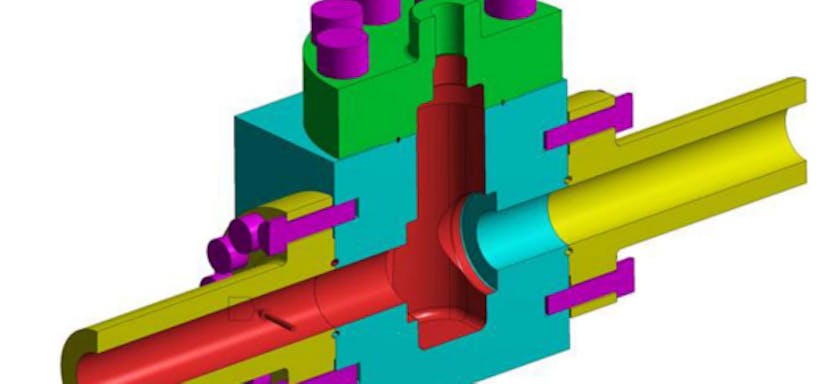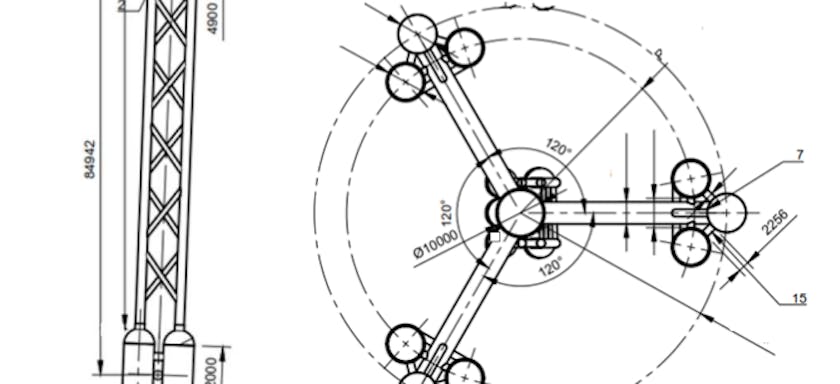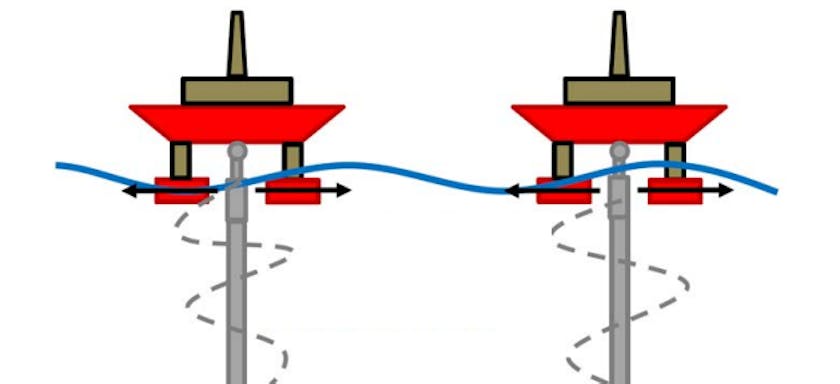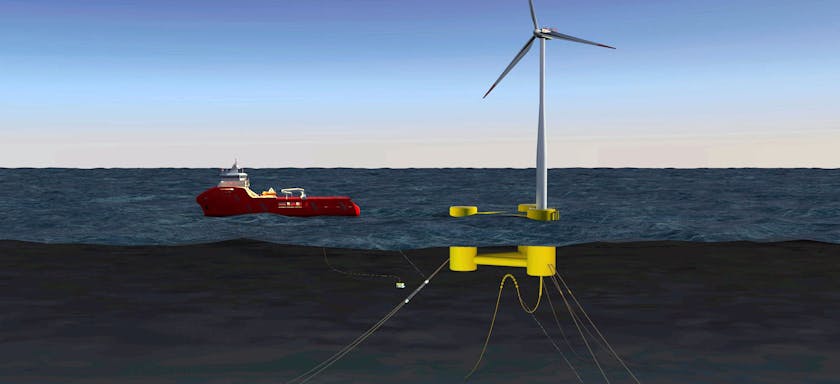A New Riser Fatigue Monitoring Methodology Based on Measured Accelerations
EVENT: OMAE
1 Jun 2014
In support of its commitment to safe and reliable operations, BP has been continuously developing a program to assess and maintain structural integrity for offshore drilling risers and conductors. This paper presents recent efforts by BP, in conjunction with 2H Offshore, to develop a new fatigue monitoring methodology for drilling riser systems due to both wave and vortex-induced-vibration (VIV) damage.
BP has been monitoring structural response, including the fatigue damage, of riser systems in the Gulf of Mexico over the past ten years. To date, the focus has predominantly been on determining the fatigue damage due to VIV, since VIV and its effects on structural response are considered a not well understood phenomenon. In addition to VIV fatigue, direct wave loading and vessel motions also contribute to the total fatigue damage, and sometimes wave fatigue may have a larger contribution than VIV fatigue damage. Therefore, it is necessary to determine fatigue due to both wave and VIV effects to confirm the long-term fatigue integrity of the drilling risers.
To take full advantage of the accumulated monitoring data, a new fatigue monitoring methodology was developed using an analytical solution to account for the damage due to both wave and VIV effects. With this method, the measured acceleration data are converted into curvature, and then fatigue damage along the length of riser and conductor are calculated. This new methodology has been validated with both finite element analysis (FEA) and field data, and sensitivities to various parameters have been considered.
Authors

Mike Campbell
Global Director, USA

Mike Campbell
Global Director, USA
About
Mike is a Global Director and vice president of 2H’s Houston office, where he is responsible for the management of the engineering group. Mike has over 22 years of experience dedicated to riser engineering, ranging from conceptual design and feasibility to detailed design, installation, monitoring and operational integrity management for all types of riser systems and subsea equipment. He has authored numerous technical publications including fatigue analysis methods and the use of field measurements to benchmark and improve design tools. Mike is a graduate of the University of Sheffield, UK, and has a bachelor’s degree in mathematics and physics.
Songcheng Li
Senior Engineering Specialist, Houston
Songcheng Li
Senior Engineering Specialist, Houston
Himanshu Maheshwari
Michael Long Ge
BP
Jomon Kannala
BP







